Images: Chernobyl, Frozen in Time
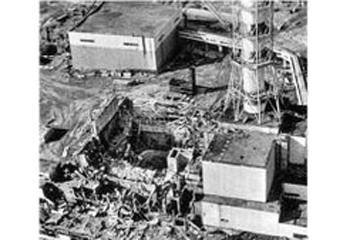
The explosion at the Chernobyl Nuclear Power Plant is among the worst nuclear accidents the world has ever witnessed.
Where is Chernobyl?

Chernobyl is located north of Kiev, Ukraine, near the border with Belarus. The nuclear plant was close to the newly built city of Pripyat, the small town of Chornobyl and was surrounded primarily by farms and woodland.
The Chernobyl plant
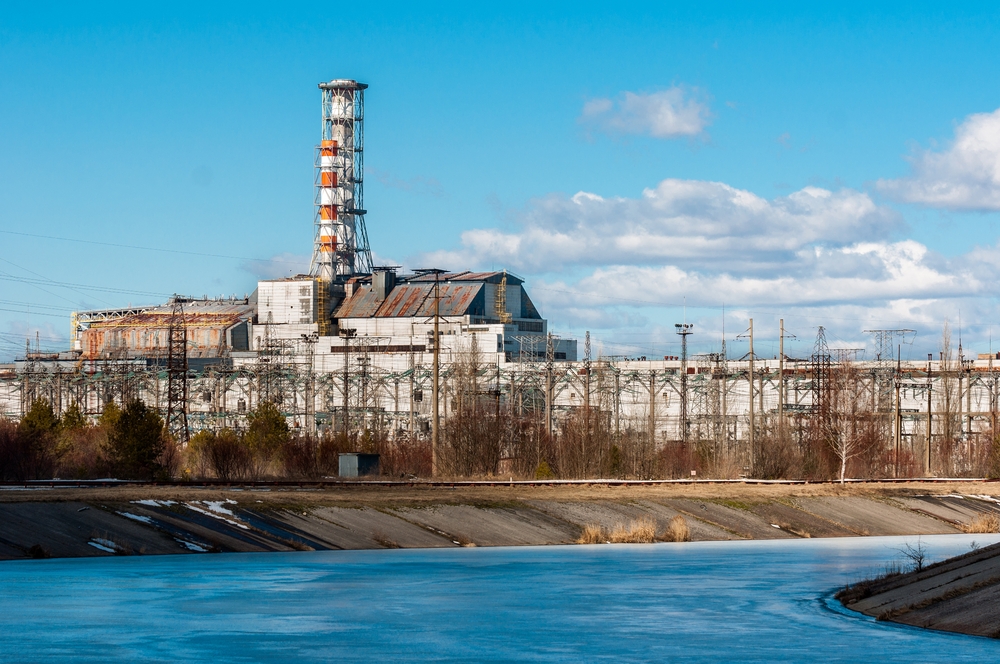
Chernobyl used four Soviet-designed RBMK-1000 nuclear reactors, a design that's now recognized as inherently flawed. This system uses enriched U-235 uranium fuel to heat water, creating steam that drives the reactors' turbines and generates electricity. The nuclear core in the RBMK-1000 actually became more reactive as it produced steam, creating a positive-feedback loop known as a "positive-void coefficient."
What happened at Chernobyl?
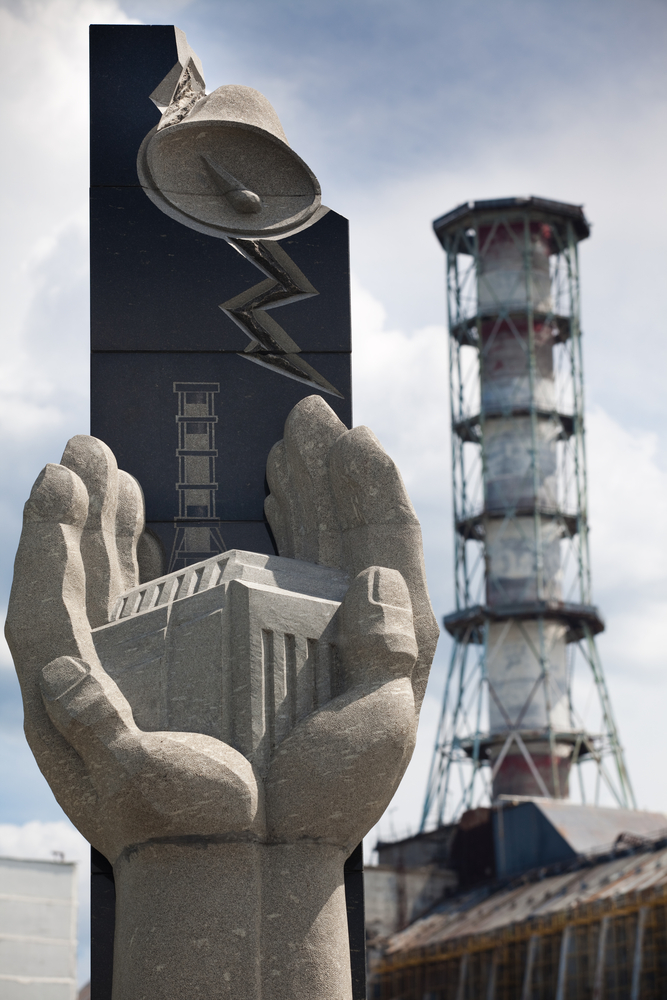
Plant operators were preparing for routine maintenance on reactor number 4 on April 25, 1986, and, against safety regulations, disabled the automatic shutdown mechanisms and other plant equipment. The incident began at 1:23 a.m. on April 26, when hot nuclear fuel rods were lowered into cooling water, releasing an immense amount of steam and creating more reactivity because of the RBMK reactor's design flaws. This started a series of explosions and fires that damaged reactors number three and four.
The official reaction
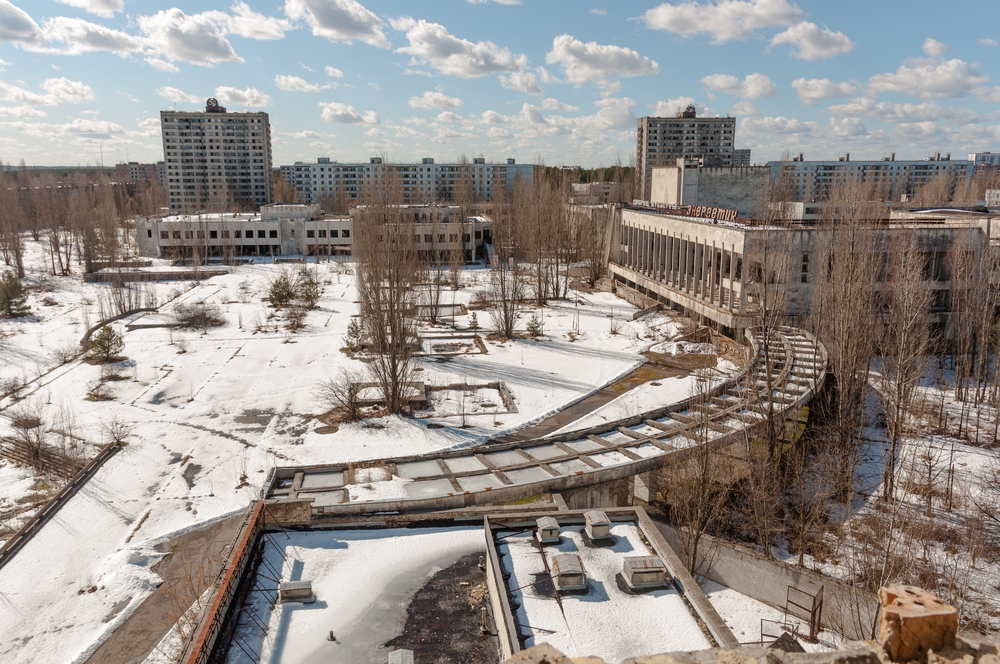
While Soviet authorities were slow to release details of the incident, the nearest city of Pripyat was evacuated about 36 hours after the accident. Many residents were already exhibiting symptoms of radiation sickness.
Soviet authorities come clean
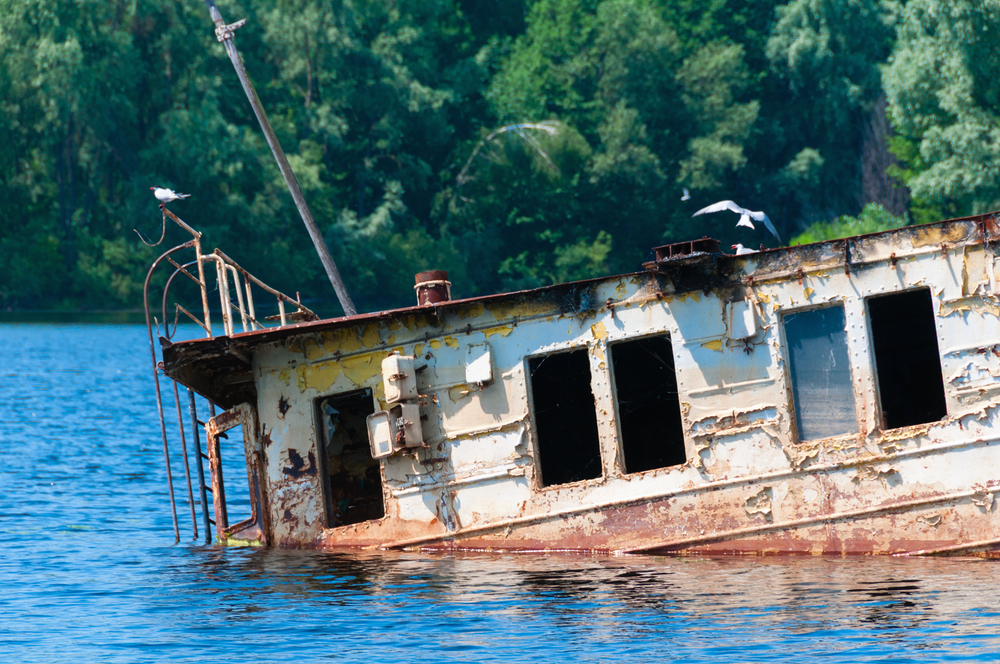
The prevailing winds at the time of the accident were from the south and east, so much of the radiation traveled northwest toward Belarus. When radiation alarms began to go off at a nuclear plant in Sweden, Soviet authorities were forced to reveal the full extent of the crisis.
An imminent return
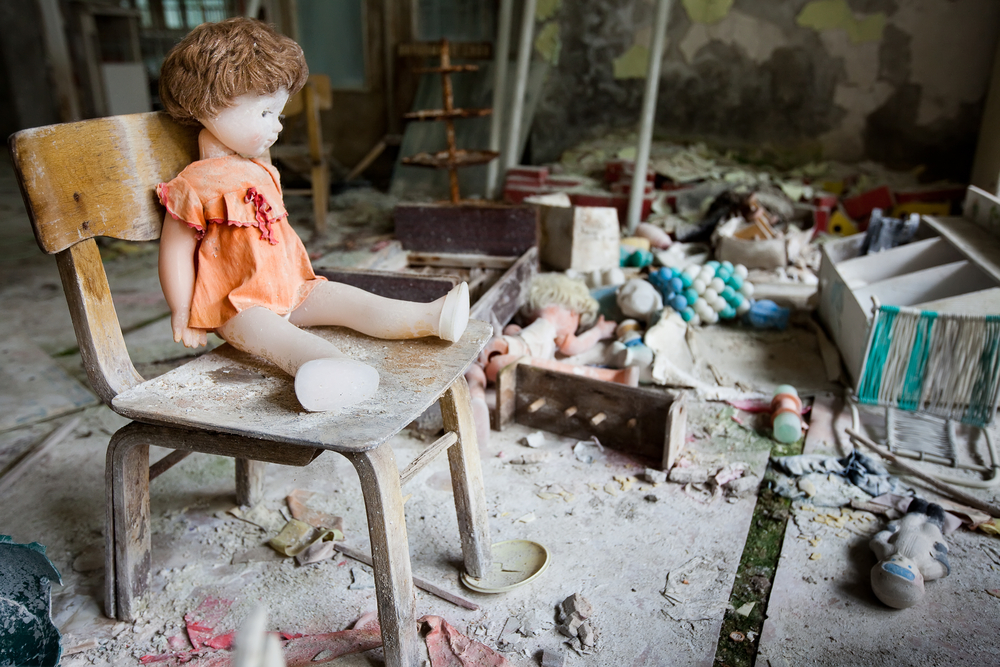
Residents were told they would be returning in a few days, so many left valuables and personal belongings behind.
Get the world’s most fascinating discoveries delivered straight to your inbox.
Modern-day ruins
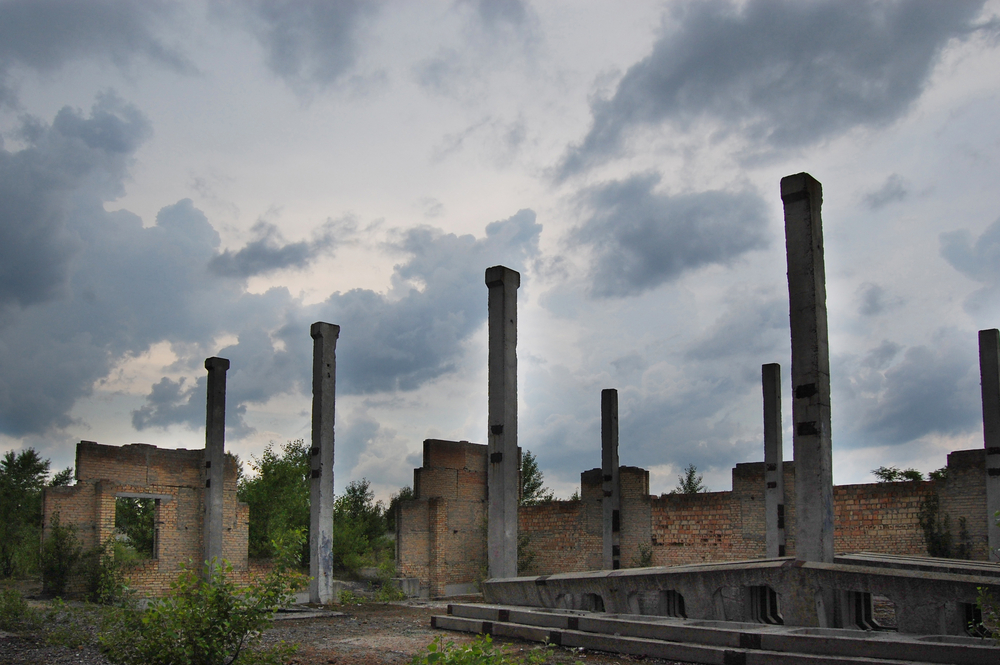
Abandoned ruins are all that remains from the once bustling cities around Chernobyl. Within three months of the accident, 31 people died from radiation exposure or other direct effects of the disaster, according to the NRC, UNSCEAR and other sources. More than 6,000 cases of thyroid cancer may eventually be linked to radiation exposure, but the precise number of illnesses related to the Chernobyl accident is difficult, if not impossible, to ascertain.
Long-lasting effects
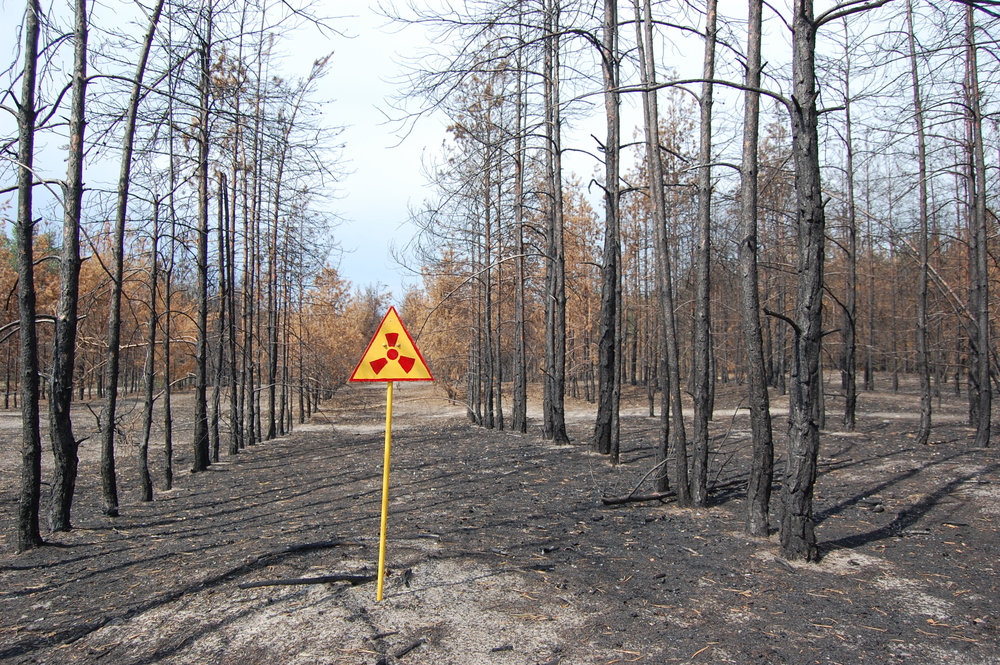
The forests around Chernobyl are still heavily contaminated with radiation from the 1986 Chernobyl nuclear disaster.
A ghost town
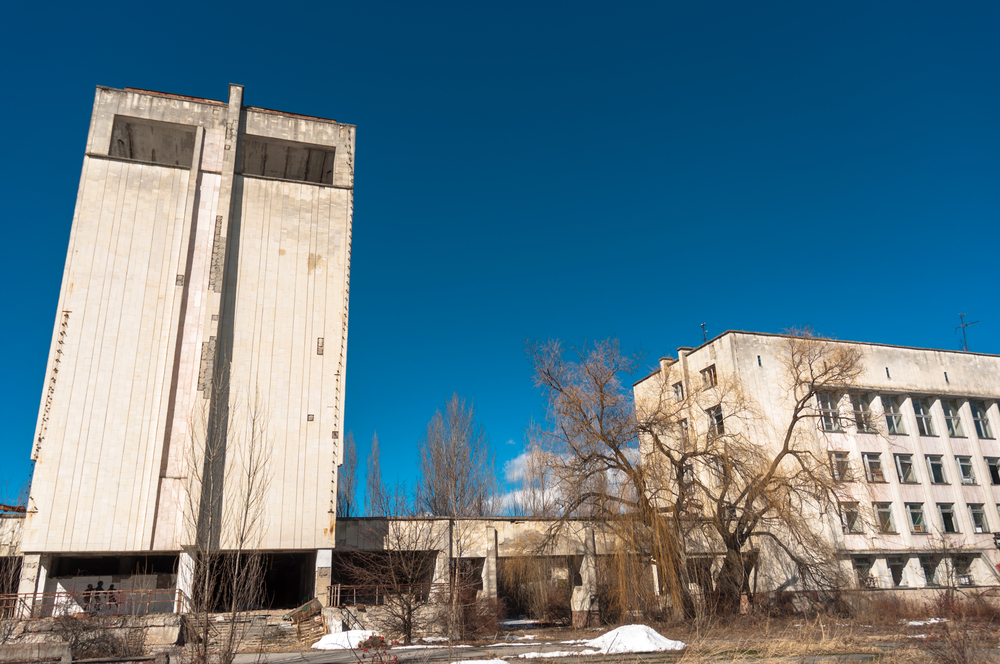
Hotel Polesie in Pripyat stands empty as if awaiting the return of staff and guests. The overall rate of cancer deaths and other health effects related to Chernobyl's radiation is lower than what was initially feared.
The emergency reponse
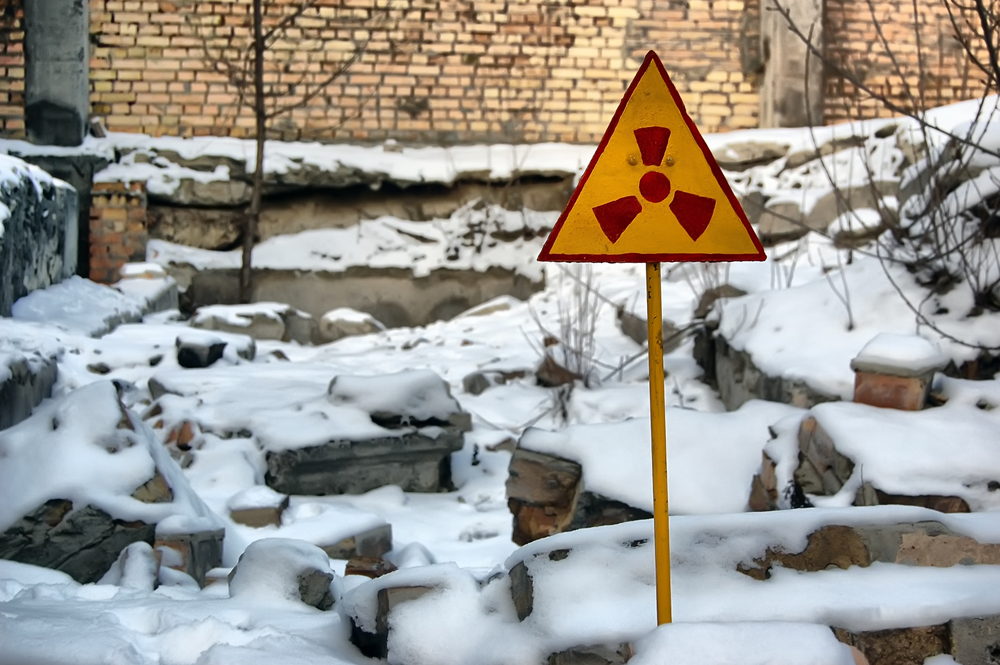
The damaged reactor was hastily sealed in a concrete sarcophagus, but the effectiveness of this is the subject of intense scientifi debate. The plant itself continuted in operation for several years, and was finally shut down entirely in December 2000. The plant, the ghost towns of Pripyat and Chornobyl, and a large area surronding the plant now known as the "zone of alientation" are largely off-limits to humans.



